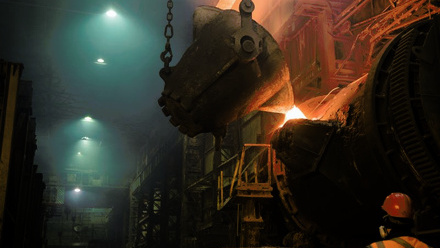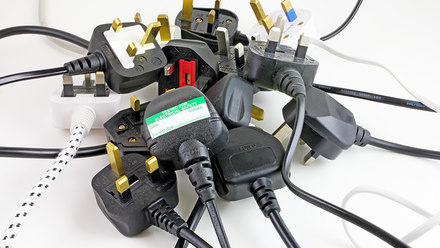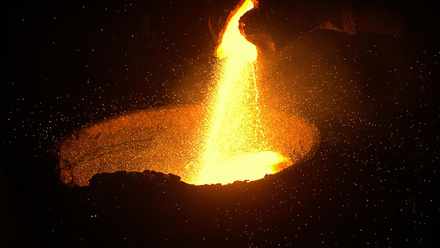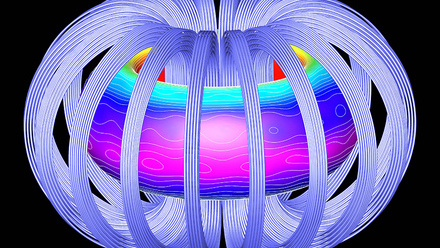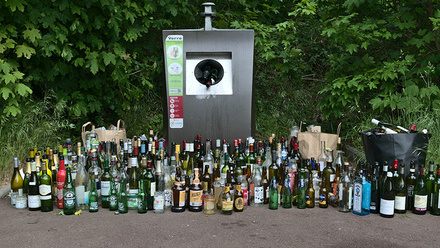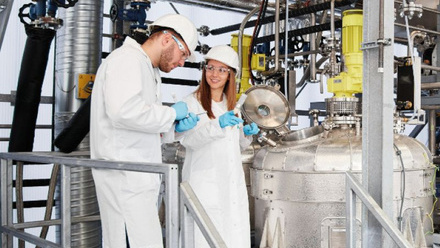Copper supply chains face deficit over next 10 years
McKinsey & Company says up to 5Mt of collectible postconsumer scrap is currently going unprocessed.

The consultancy have found copper supply chains could reach a 3.6Mt shortfall in refined copper by 2035.
With demand projected to grow 25% in the next 10 years, McKinsey's report highlights that capturing scap 'lost copper' could be a dual advantage – relieving long-term supply pressure while cutting emissions from primary production.
Findings from Chasing the lost copper: Global scrap and its role in decarbonization include:
- 40% of postconsumer copper scrap will not enter official recycling channels either because they are not collected or are only processed informally – representing ~7.8Mt of lost material by 2035
- Only 20% of refined copper today comes from postconsumer scrap, despite its much lower carbon footprint
- Two-thirds of copper’s lifecycle emissions come from mining and primary refining – recycled copper bypasses the most carbon-intensive stages
- The share of postconsumer scrap in copper supply could grow to 25% by 2035, if supported by improved collection, smelting investment and policy coordination
McKinsey Partner Peter Spiller says, 'Copper is essential for the energy transition, yet supply constraints and factors including supply constraints threaten to slow progress and uptick market uncertainty.
'As the industry looks to scale circularity, expanding formal collection networks, investing in secondary smelting capacity and securing long-term scrap supply agreements will be critical. Capturing lost copper through improved recycling processes is not just an environmental imperative – it’s an economic opportunity for the industry.'


